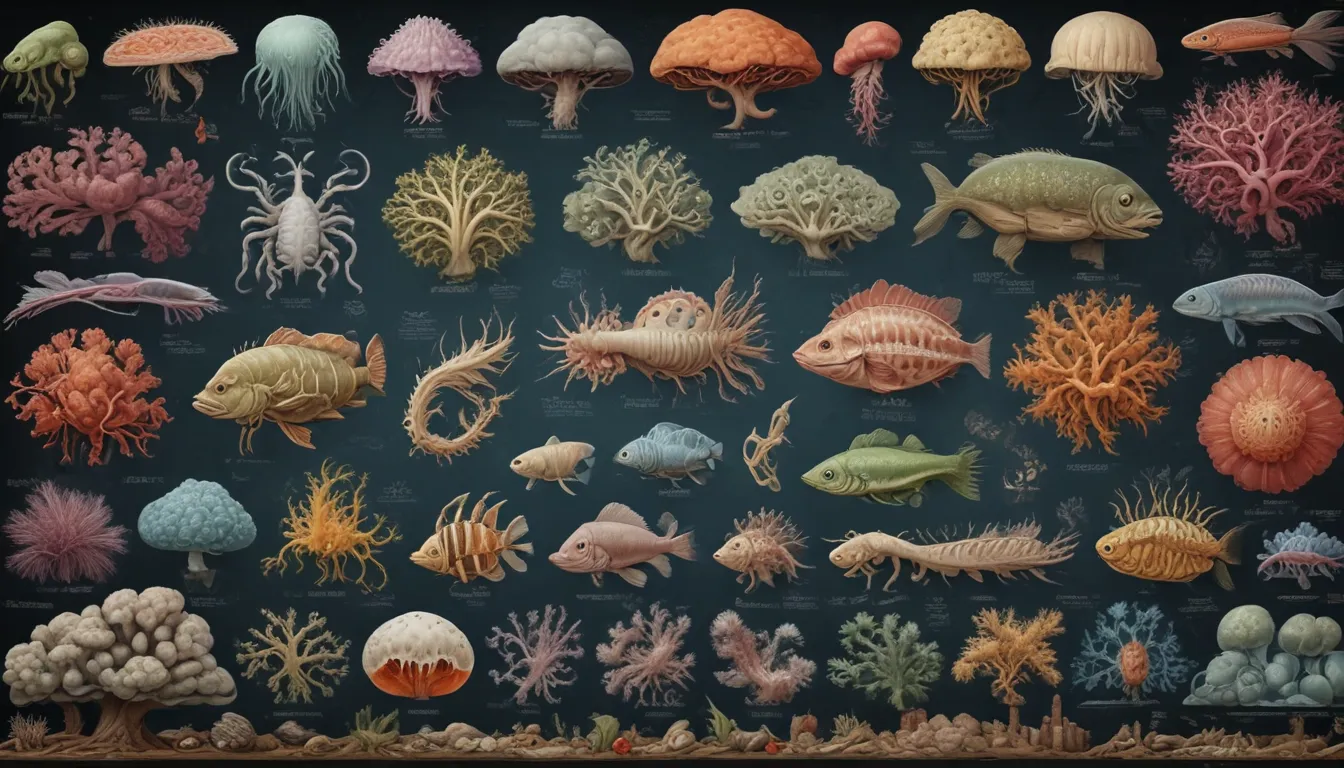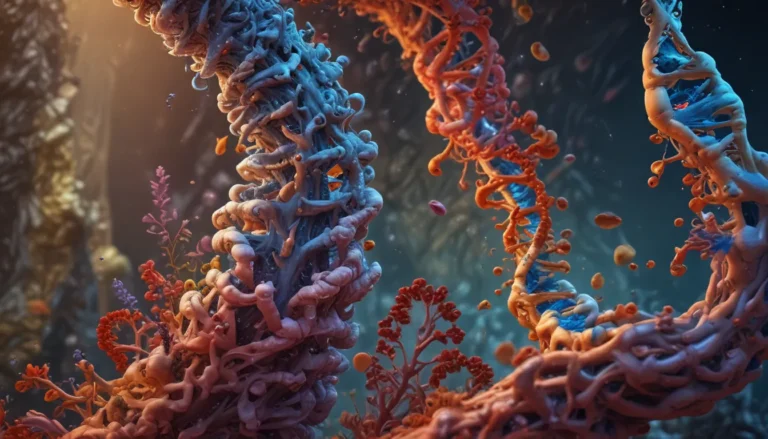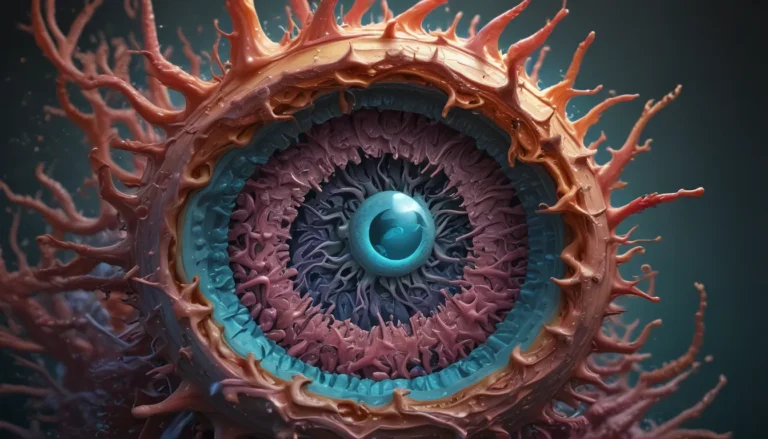A Note About Images: The images used in our articles are for illustration purposes only and may not exactly match the content. They are meant to engage readers, but the text should be relied upon for accurate information.
Microbial evolution is a captivating journey that unveils the remarkable adaptability, genetic diversity, and ecological importance of microorganisms. These tiny yet mighty life forms, including bacteria, viruses, and fungi, have been evolving for billions of years, constantly adapting to various environments and shaping life on Earth. In this article, we will delve into the intriguing world of microbial evolution and uncover sixteen fascinating facts that highlight the astounding capabilities and resilience of microbes.
Understanding Microbial Evolution
Microbes’ Billion-Year Journey
Microbial evolution is a process that has unfolded over billions of years on Earth. The incredible adaptability and genetic diversity of microbes have allowed them to successfully survive and thrive in diverse environments, showcasing their evolutionary prowess.
Shaping the Planet
Microbes play a crucial role in shaping the planet through processes like photosynthesis and nitrogen fixation. Their evolutionary adaptations have significantly impacted the composition of our atmosphere and the availability of essential nutrients in ecosystems, influencing the Earth’s biosphere.
Horizontal Gene Transfer
Horizontal gene transfer is a key driver of microbial evolution, allowing microbes to acquire genes from other organisms of the same or different species. This unique characteristic has led to the rapid spread of advantageous traits and the emergence of new capabilities in microbial populations.
Rapid Adaptation to Environmental Changes
Microbes have a remarkable ability to rapidly evolve in response to environmental changes. Their high rate of reproduction and genetic variability enable them to adapt quickly to new conditions, colonize new habitats, and thrive in extreme environments.
Evolutionary Impacts and Applications
The Challenge of Antibiotic Resistance
One of the most pressing challenges in modern medicine is the rise of antibiotic resistance in pathogenic microbes. Microbes can evolve mechanisms to evade the effects of antibiotics, posing a significant threat to human health and emphasizing the importance of understanding microbial evolution.
Contributions to Life-Saving Drugs
Many life-saving drugs, including antibiotics, insulin, and vaccines, have been derived from compounds produced by microorganisms. The study of microbial evolution continues to inform the discovery and development of new drugs, showcasing the valuable contributions of microbes to medicine.
Symbiotic Relationships
Microbes have the ability to form mutually beneficial relationships with plants, animals, and other microbes. These symbiotic associations enhance the fitness and survival of all parties involved, highlighting the importance of ecological interactions in microbial evolution.
Genetic Mutations and Evolutionary Changes
Genetic mutations are key drivers of microbial evolution, introducing new variations in microbial populations and allowing for adaptation to new environmental conditions or the acquisition of novel functions. Understanding these evolutionary changes is crucial for managing emerging diseases and developing new industrial processes.
Harnessing the Power of Microbial Evolution
Implications for Human Health
Microbial evolution has significant implications for human health, particularly in the development of antibiotic resistance. By deciphering the underlying mechanisms of microbial evolution, scientists can develop strategies to combat antibiotic resistance and improve the effectiveness of medical interventions.
Contributions to Agriculture
Microbes play a vital role in agriculture by enhancing soil fertility, nutrient cycling, and plant health. Understanding the evolutionary dynamics of microbial communities can inform sustainable agricultural practices and contribute to enhancing crop productivity.
Industrial Applications
The adaptive capabilities of microbes have been harnessed for various industrial applications, such as the production of enzymes, biofuels, and bioplastics. Studying microbial evolution can help optimize these processes for greater efficiency, sustainability, and innovation in industry.
Ongoing Research and Discovery
The field of microbial evolution is a realm of ongoing research and discovery, providing insights into the mechanisms and implications of evolutionary processes within microbial communities. Continued exploration promises to uncover new facts and revolutionize our understanding of the microbial world.
Unveiling the Wonders of Microbial Evolution
Microbial evolution is a captivating journey that sheds light on the complex world of microorganisms. From horizontal gene transfer to genetic mutations and selective pressures, each aspect of microbial evolution contributes to the diversity and resilience of microbial populations. By understanding microbial evolution, we can harness this knowledge to improve human health, address environmental challenges, and unlock the potential of these remarkable organisms.
FAQs about Microbial Evolution
- What is microbial evolution?
- What drives microbial evolution?
- How does microbial evolution impact human health?
- What are the applications of studying microbial evolution?
- How does microbial evolution contribute to ecological processes?
Trust in our commitment to quality and authenticity as you explore the marvels of microbial evolution and unravel the mysteries of the microbial world. Join us on this exciting journey of discovery and learning as we delve into the fascinating realm of microbial evolution.






